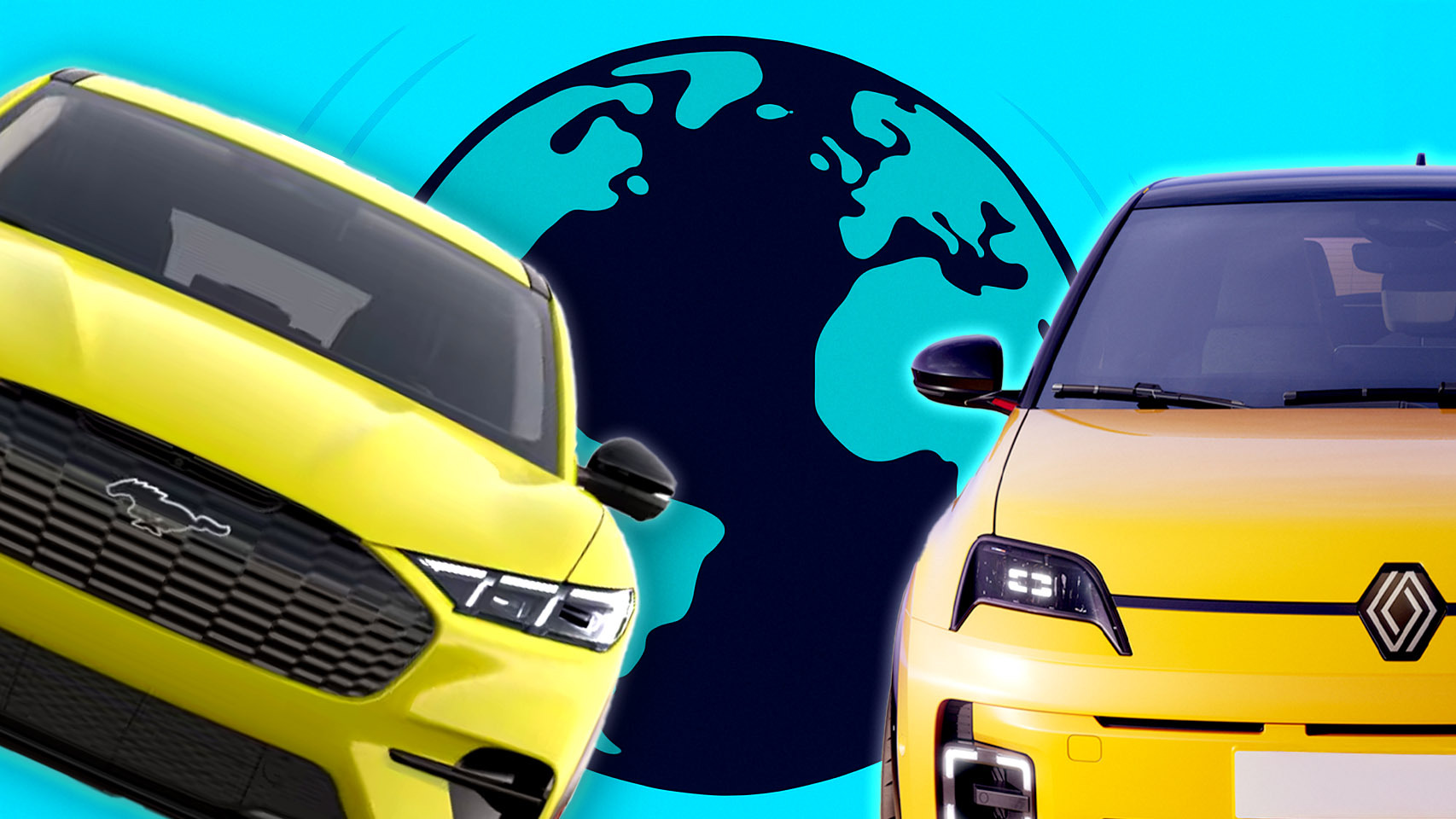While sales of EVs and PHEVs suffered in North America, they’re expected to remain strong in China and Europe for the rest of the year
1 hour ago

- Around 1.9 million plug-in vehicles were sold globally in October.
- Of those, 1.3 million were fully electric vehicles delivered last month.
- European EV sales climbed 36 percent to 372,786 units in October.
While the loss of the federal EV tax credit in the United States threw a wrench into sale figures in October, the global picture told a more upbeat story. New data shows worldwide sales of battery-electric and plug-in hybrid vehicles climbed 23 percent, powered by a surge in demand across Europe and China.
Read: Hyundai And Kia EV Sales Collapse After Tax Credits Vanish Overnight
According to data from Rho Motion, an estimated 1.9 million electric and plug-in hybrid vehicles were sold globally last month, a 23 percent rise over October 2024.
The figure, however, was slightly lower than the 2.1 million plug-in passenger cars and light-duty vehicles sold in September.
Unsurprisingly, Rho Motion’s data reveals that China continues to lead the way with a total of 1.3 million EVs and PHEVs sold last month, marking a 6 percent increase over the same month last year.
EV SALES 2005 YTD (JAN-OCT) VS 2024 YTD
- Global: 16.5 million, +23%
- China: 10.3 million, +22%
- Europe: 3.4 million, +32%
- North America: 1.6 million, +4%
- Rest of World: 1.3 million, +48%
Over in Europe, October deliveries jumped 36 percent from last year to 372,786 units, including 32 percent growth in BEVs and an even steeper 47 percent climb in PHEVs. Although the total was down from the 427,000 vehicles registered in September, year-to-date EV growth across Europe remains at 32 percent.
Germany’s EV sales have risen 45 percent year-to-date, while the UK is up 31 percent. France, however, remains slightly in the red at minus 2 percent. Spain has more than doubled its tally, and Italy has matched Germany’s pace with a 45 percent year-to-date increase.

Beyond these regions, EV and PHEV sales in the rest of the world climbed 37 percent to 141,368 units. The contrast with North America, however, could hardly be sharper.
What Happened in North America?
After the Trump administration axed the EV tax credit worth up to $7,500 for newly-purchased and leased vehicles, sales in North America collapsed by 41 percent to 100,370, This follows record highs in August and September, when buyers rushed to secure incentives before the cutoff on September 30, 2025.
Month-on-month comparisons show how steep the drop was. Ford’s BEV sales fell 60 percent (Mach-E, F-150 Lightning, E-Transit), Hyundai’s plunged 77 percent (Ioniq models), Kia’s dropped 77 percent (EV6, EV9), Honda’s fell 83 percent (Prologue), and Subaru’s nearly vanished, down 97 percent (Solterra). Each brand also saw year-over-year declines.
In Canada, Rho Motion says EV sales have stayed sluggish through 2025, weighed down by reduced purchase incentives and the government’s decision in September to pause the 2026 EV mandate.
Market Outlook
Rho Motion data manager Charles Lester expects the European and Chinese markets to remain strong through the rest of the year: “In Europe, the overall year-to-date growth figure remains relatively high and we’re expecting strong sales towards the end of the year,” he told Reuters.
He added that the Chinese market should stay robust through November and December, aided by a “pull forward” effect as the country transitions from a full purchase tax exemption on new energy vehicles to a 50 percent exemption.



